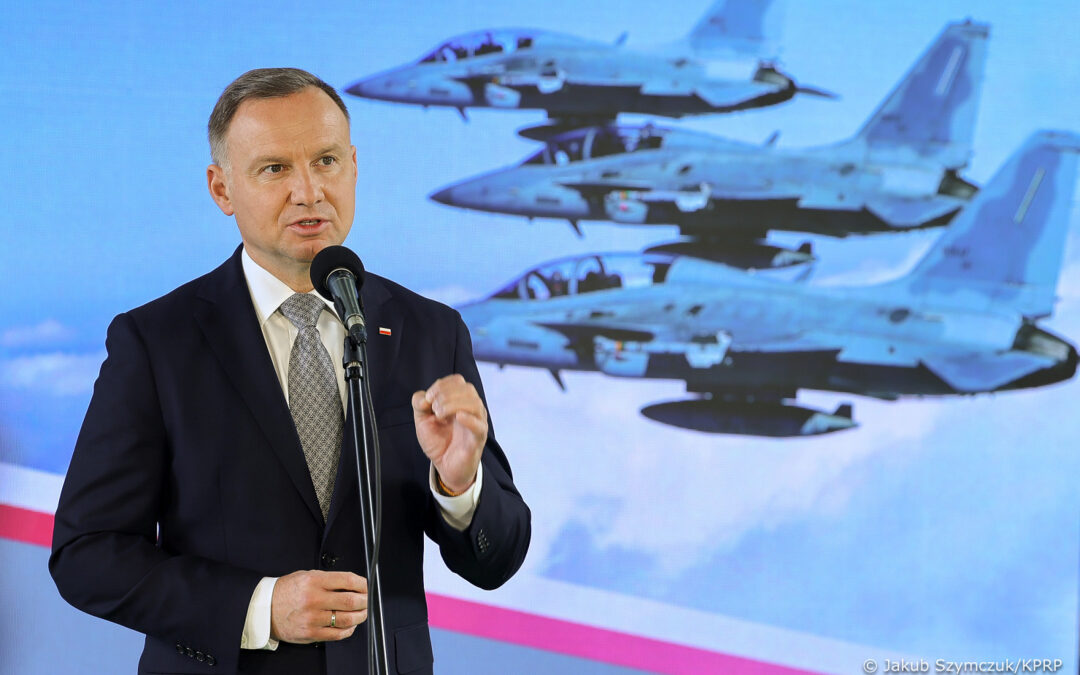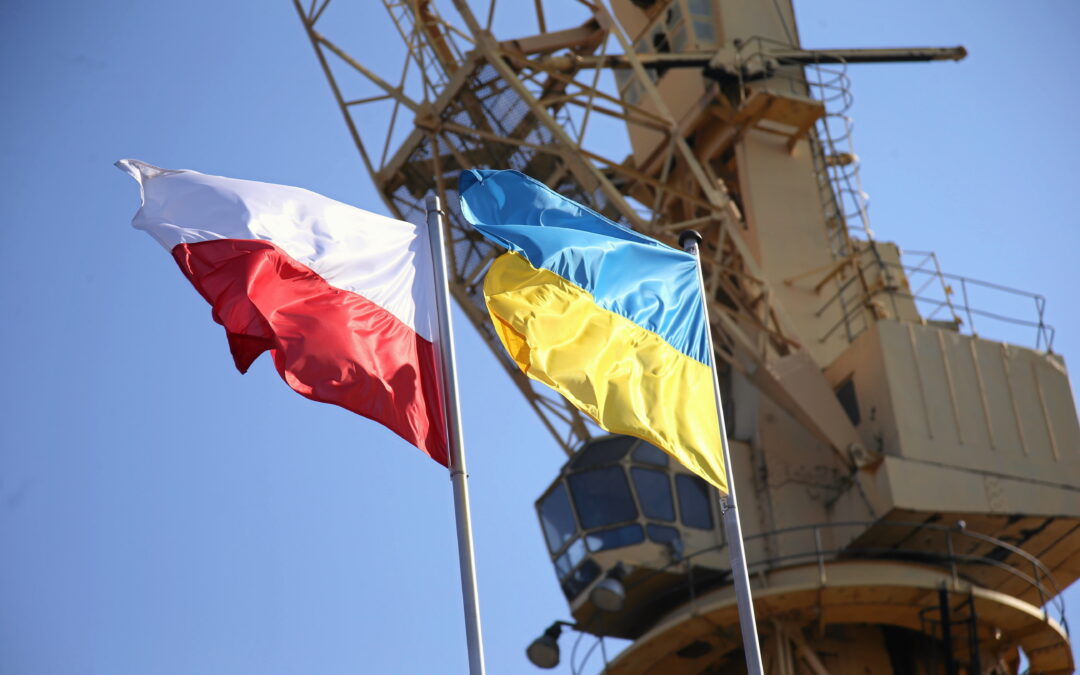Annual inflation in Poland rose to 8.6% in December, according to preliminary figures released today by Statistics Poland (GUS), a state agency.
That marked the sixth consecutive monthly rise, with inflation rates at their highest in more than two decades. They have also consistently been among the highest in the European Union over the last two years. The growing costs of fuel and food continue to be the main drivers of price rises.
GUS’s December figure has again exceeded expectations. Analysts surveyed by PAP Biznes had forecast 8.3%. A final figure for December will be announced on 14 January, but usually differs little from the preliminary estimate.
The last time higher inflation was recorded was in November 2000, when it stood at 9.3%
Price rises continue to be driven up by the cost of fuel, which was 32.9% higher in December than a year earlier and up 0.2% on November. Energy prices, meanwhile, rose 14.3% year-on-year and 0.8% month-on-month.
Poland’s central bank chief Adam Glapiński said last week that he expected inflation to continue to rise in 2022, with a peak of 8.3% in June. That figure has already been exceeded, and economists say that they anticipate further rises in coming months as a result of the surging costs of energy and rising food prices.
“The peak is still probably ahead of us,” wrote analysts from Pekao SA, a large state-owned bank, in response to today’s inflation figure. They noted that inflation may not fall even in 2023.
The bank’s team say that a “key element” of the December rise was the “absolutely brutal” increase in food prices, which rose 2.1% month-on-month. “This is a definite record for December,” they noted.
Kluczowy element grudniowego odczytu – absolutnie brutalny odczyt cen żywności (+2,1% m/m). Jak na grudzień jest to zdecydowany rekord. pic.twitter.com/If6NaAcdRf
— Analizy Pekao (@Pekao_Analizy) January 7, 2022
On Wednesday this week, Glapiński said that his National Bank of Poland (NBP) was “striving as effectively and decisively as possible” to bring inflation down to its target of 2.5% (allowing for a one-percentage-point deviation).
He denied rumours that the bank was instead aiming for a level of 3.5%, saying 2.5% was “the right level” for Poland’s developing economy. In response to galloping inflation, the NBP this week raised interest rates to 2.25%, the fourth increase in the space of four months.
Experts at the Polish Economic Institute (PIE), a state think tank, expect that the central bank’s Monetary Policy Council could raise rates to 3.5% in the coming months. As a result, inflation could drop to the bank’s upper target band of 3.5% only by 2024.
In response to rising prices, the government is rolling out an “anti-inflation” package worth up to 10 billion zloty (€2.13 billion). It includes a reduction in the excise tax on fuel to 8% as well as attempts to cut VAT on food to 0%.
But some economists have warned that such measures could stoke inflation further. Meanwhile, other government policies, such as raising the minimum wage as well as the “Polish Deal” stimulus programme, could also put pressure on prices.
December inflation in the Eurozone has also reached a record level of 5% year-on-year, Eurostat announced today.
Main image credit: Maciej Wasilewski / Agencja Wyborcza.pl

Maria Wilczek is deputy editor of Notes from Poland. She is a regular writer for The Times, The Economist and Al Jazeera English, and has also featured in Foreign Policy, Politico Europe, The Spectator and Gazeta Wyborcza.



















